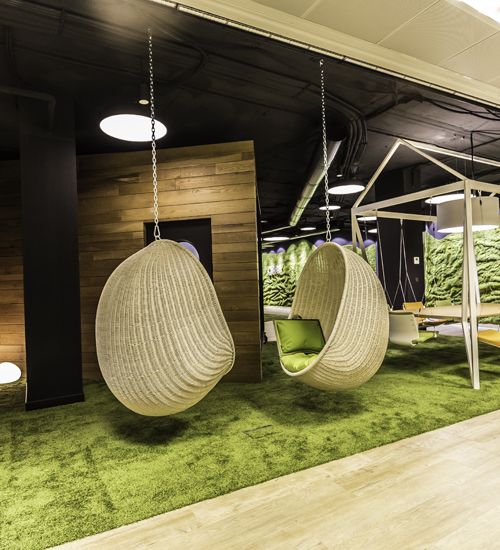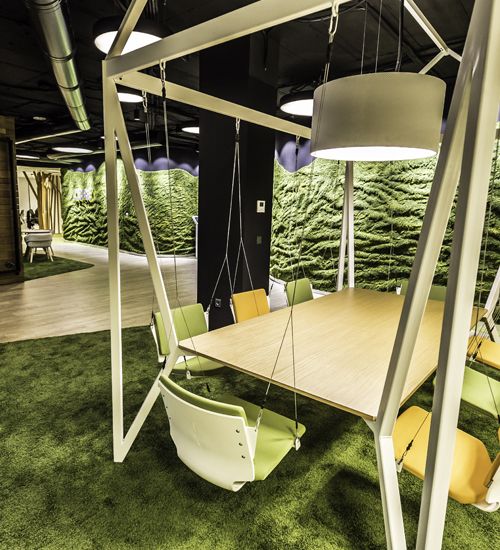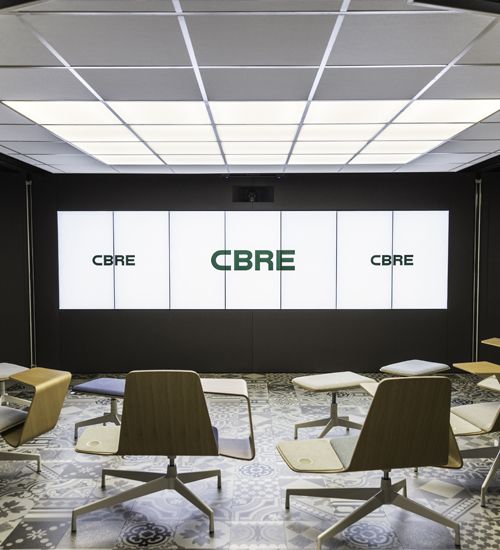In 2013, the International WELL Building Institute (IWBI) launched a movement to address issues regarding health and well-being within the built environment. From this, the WELL Building Standard was established with the aim to provide architects and designers with guidelines on how to make a real and measurable difference to how we function within our urban spaces. And even if your project doesn’t aim for certification the WELL standard offers an inspirational model when considering a human centered design approach.
WELL notes seven concepts that must be considered and fulfilled in the scope of a design: air, water, nourishment, light, fitness, comfort, and mind. Depending on how many of the criteria within these concepts a project fulfills, there are three certification levels up for grabs: Silver, Gold and Platinum.
The need for positive spaces
With over half the world’s population now living in cities, chronic illnesses are becoming increasingly prevalent. Globally, 76% of employees report a struggle with well-being, and work-related stress costs the US approximately $345 billion annually.
These issues indicate a clear need for healthier spaces.
How is WELL different from other standards?
Designing with people in mind is a growing topic that can no longer be overlooked, and WELL is quickly becoming an industry standard. Gaining WELL certification can be a talent magnet. The global Human Spaces Report found that a third of respondents stated that office design affects their decision of where to work.
Research has also found that:
- Better indoor air quality can lead to an 8-11% improvement in productivity
- Better nutrition leads to a 27% reduction in depression, a 13% reduction in distress, and overall better mental health (McMartin, Jacka, & Colman. (2013), Productivity and Job Performance (Journal of Occupational and Environmental Medicine)
- Being closer to windows makes us more productive, especially if there is a view onto nature
- Thermal comfort has a significant impact on staff satisfaction, and even more so if staff are given control over this
- Adding plants into the workplace significantly reduces stress, health concerns, and sickness absence (Smith, A., Tucker, M., & Pitt, M. (2011).
What does the WELL standard look like in practice?
In 2016, CBRE’s Madrid office was the first project in Spain to be awarded WELL certification. They’ve addressed several of WELL’s several concepts in varying levels of complexity – earning them Gold accreditation.
© Ryan Wolff
© Ryan Wolff
© Ryan Wolff
© Ryan Wolff
In addressing the concepts of air, comfort, light and mind, a biophilic theme of ‘forest cabin’ was introduced to the office. This scheme focused on providing dynamic and diverse spaces for different user needs. The office incorporates high levels of planting and a range of lighting options to address the need for task lighting as well as comfortable, ambient electric and natural light. The company now also provides a wide range of healthy food for its staff with all nutritional information available. This – alongside fitness classes such as Pilates, yoga and a running club – address the concepts of nourishment and fitness.
CBRE saw a return on their investment within a year. They found that 80% of employees now feel more productive, and 90% feel the WELL scheme has had a positive impact on them.
Learn more about WELL
Oliver Heath Design recently worked with Interface to create a practitioner’s guide: Creating Positive Spaces using the WELL Building Standard. The guide provides information on what WELL is, why it is relevant, and how to achieve WELL certification. You can read more on the CBRE case study and the benefits they have found in more detail, along with other compelling international case studies demonstrating the real value of this approach.




One response to “CBRE Madrid: The Benefits of WELL Building in Practice”
Facts Figures and a fascinating article